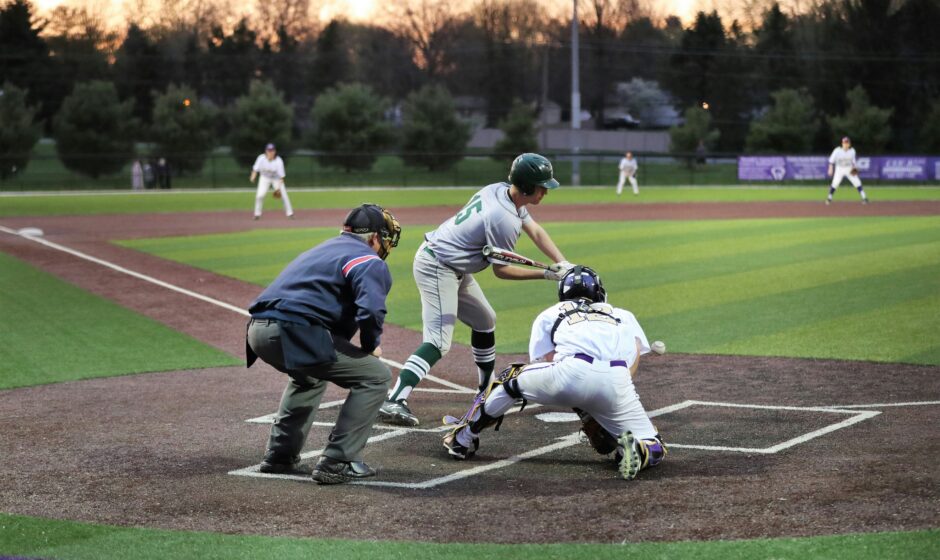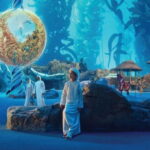The Enduring Legacy of Baseball: America’s Pastime
Baseball, often referred to as “America’s pastime,” holds a unique place in the hearts of millions. With a history that stretches back to the 19th century, the game has evolved significantly, but its core elements of teamwork, strategy, and skill remain unchanged. This article explores the origins, development, and enduring appeal of baseball, along with its cultural impact and future prospects.
The Origins of Baseball
The origins of baseball are somewhat murky, with several theories about how the game came to be. One popular theory attributes its beginnings to a game called “rounders,” played in England during the 17th century. Another suggests that baseball evolved from various bat-and-ball games brought to America by European settlers.
In 1845, Alexander Cartwright, a member of the Knickerbocker Base Ball Club in New York, formalized the rules of baseball, establishing the foundation for the modern game. The first recorded baseball game took place on June 19, 1846, in Hoboken, New Jersey. This marked the birth of baseball as we know it today, with nine players per team and bases set at 90 feet apart.
The Growth of the Major Leagues
As the game gained popularity, professional baseball began to take shape. The National League was founded in 1876, becoming the first professional sports league in the United States. It was followed by the American League in 1901. The two leagues eventually merged in 1903 to form Major League Baseball (MLB), which has grown into one of the most popular sports leagues in the world.
Throughout the late 19th and early 20th centuries, baseball became a symbol of American culture. The sport mirrored societal changes, reflecting the country’s struggles and triumphs. Icons like Babe Ruth, Ty Cobb, and Lou Gehrig emerged, elevating the game’s profile and attracting fans from all walks of life.
The Golden Age of Baseball
The period between the 1920s and 1950s is often referred to as the “Golden Age of Baseball.” During this time, the game experienced unprecedented growth in popularity and media coverage. The advent of radio and later television allowed fans to follow their favorite teams and players more closely than ever before.
This era also saw the integration of baseball, a significant social milestone. Jackie Robinson broke the color barrier in 1947, becoming the first African American to play in the major leagues in the modern era. Robinson’s courage and talent opened the door for other African American players, reshaping the game and paving the way for a more diverse and inclusive sport.
The Cultural Impact of Baseball
Baseball has transcended its status as a mere sport to become a vital part of American culture. It has inspired countless songs, films, and literature. Movies like “Field of Dreams” and “The Sandlot” capture the nostalgia and emotion surrounding the game, while songs like “Take Me Out to the Ball Game” are woven into the fabric of American life.
Moreover, baseball has served as a unifying force, bringing together communities and fostering a sense of belonging. From local little leagues to major league stadiums, the game cultivates friendships and family bonds, creating lasting memories for fans of all ages.
The Modern Era: Challenges and Changes
As we moved into the late 20th and early 21st centuries, baseball faced various challenges. The rise of other sports, shifting demographics, and changing entertainment preferences led to concerns about declining viewership and attendance. Additionally, controversies surrounding performance-enhancing drugs have tarnished the game’s image, prompting MLB to implement stricter drug policies.
However, baseball has adapted to these challenges. The introduction of advanced analytics, technology, and social media has transformed how teams operate and how fans engage with the game. Sabermetrics, the empirical analysis of baseball statistics, has revolutionized player evaluation and strategy, while social media platforms have allowed fans to interact with players and teams like never before.
The Globalization of Baseball
Baseball is no longer confined to the United States; it has become a global phenomenon. Countries like Japan, the Dominican Republic, Cuba, and South Korea have produced world-class players who have made significant contributions to MLB. The World Baseball Classic, held every four years, showcases international talent and fosters a sense of global camaraderie among fans and players alike.
The globalization of baseball presents both opportunities and challenges. As the sport gains popularity in new regions, MLB faces competition from other leagues and sports, necessitating innovative approaches to attract and retain fans.
Looking Ahead: The Future of Baseball
As baseball moves into the future, it must navigate a rapidly changing landscape. The game’s traditional pace may deter younger audiences accustomed to fast-paced entertainment. To address this, MLB has introduced rule changes aimed at speeding up the game, such as pitch clocks and limits on mound visits.
Moreover, efforts to enhance fan engagement through technology, including virtual reality experiences and interactive apps, are crucial for keeping the sport relevant. By embracing innovation while preserving its rich history, baseball can attract a new generation of fans.
Conclusion
Baseball is more than just a game; it is a cultural institution that embodies the spirit of America. Its rich history, iconic players, and enduring traditions have left an indelible mark on society. While challenges lie ahead, the game’s ability to adapt and evolve gives it a promising future. As fans continue to gather in stadiums and watch from their homes, the legacy of baseball as America’s pastime remains strong, uniting generations through the love of the game.



